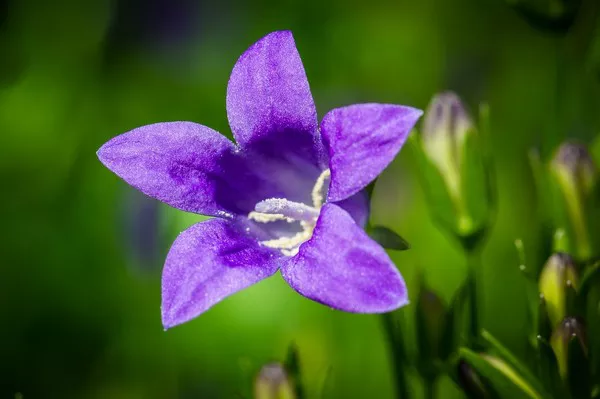Grasshoppers can be a significant nuisance for gardeners, especially when they start munching on prized flowers. These voracious insects can quickly decimate flower beds if left unchecked, causing frustration and disappointment for garden enthusiasts. However, there are several proactive measures that gardeners can take to protect their flowers from grasshopper damage. In this article, we’ll explore effective strategies for preventing grasshoppers from eating your flowers, allowing you to enjoy a vibrant and thriving garden throughout the growing season.
Understanding Grasshopper Behavior:
Before delving into prevention strategies, it’s essential to understand the behavior of grasshoppers. These insects are herbivores and feed on a wide range of plants, including flowers, vegetables, and ornamentals. They are most active during warm and dry weather conditions, making them a common sight in gardens during the summer months. Grasshoppers have powerful mandibles that allow them to chew through plant material with ease, and they can cause significant damage if their populations are left unchecked.
Prevention Strategies:
1. Implement Physical Barriers:
One of the most effective ways to prevent grasshoppers from reaching your flowers is by implementing physical barriers. This can include using row covers, mesh netting, or floating row covers to protect vulnerable plants. These barriers create a physical barrier between the grasshoppers and your flowers, preventing them from accessing their food source. Be sure to secure the barriers tightly to the ground to prevent grasshoppers from crawling underneath.
2. Encourage Natural Predators:
Another strategy for controlling grasshopper populations is to encourage natural predators that feed on them. Birds such as sparrows, robins, and blue jays are known to prey on grasshoppers and can help keep their numbers in check. Additionally, certain insects, such as parasitic wasps and predatory beetles, also feed on grasshopper eggs and nymphs. By creating a welcoming habitat for these natural predators, you can help control grasshopper populations in your garden.
3. Apply Biological Control Agents:
Biological control agents, such as microbial insecticides and predatory nematodes, can also be effective in controlling grasshopper populations. These natural enemies specifically target grasshoppers and can help reduce their numbers without harming beneficial insects or other wildlife. Be sure to follow the instructions carefully when applying biological control agents and avoid using chemical pesticides that can harm the environment.
4. Rotate Flower Crops:
Crop rotation is a common practice in agriculture, but it can also be beneficial for flower gardens. By rotating your flower crops each season, you can disrupt the lifecycle of grasshoppers and reduce their impact on your garden. Grasshoppers are attracted to certain types of flowers, so planting different varieties can help confuse and deter them. Additionally, rotating crops can help prevent soil depletion and nutrient imbalances, leading to healthier plants overall.
5. Maintain Garden Hygiene:
Proper garden hygiene is essential for preventing grasshopper infestations. Remove any debris or overgrown vegetation that can provide hiding places for grasshoppers and their eggs. Keep your garden clean and tidy, and regularly inspect your plants for signs of damage or infestation. By maintaining good garden hygiene, you can create an inhospitable environment for grasshoppers and reduce the risk of infestation.
6. Use Natural Repellents:
Certain natural repellents can help deter grasshoppers from feeding on your flowers. Ingredients such as garlic, hot pepper, and neem oil are known to repel grasshoppers and other pests. You can create homemade repellent sprays using these ingredients and apply them to your flowers as needed. Alternatively, there are commercial repellent products available that contain natural ingredients and are safe to use in the garden.
Conclusion
Preventing grasshoppers from eating your flowers requires a combination of proactive measures and careful attention to your garden’s needs. By implementing physical barriers, encouraging natural predators, applying biological control agents, rotating flower crops, maintaining garden hygiene, and using natural repellents, you can effectively protect your flowers from grasshopper damage. With these strategies in place, you can enjoy a beautiful and thriving garden free from the devastation caused by grasshoppers.


